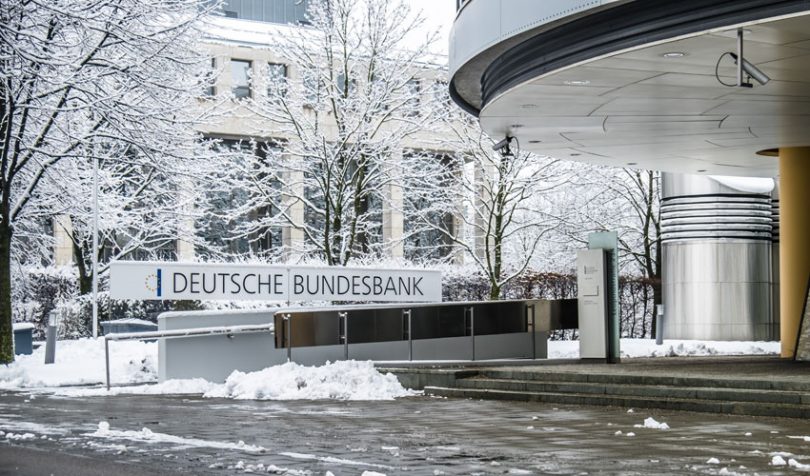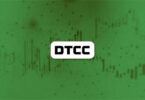Today the Deutsche Bundesbank and the Deutsche Boerse issued a joint report into using blockchain or distributed ledger technology (DLT) for collateral management. Institutions have to provide assets in the form of stocks or cash for numerous trading activities. By using DLT, this collateral can be provided faster and is available 24/7.
“From the perspective of the Deutsche Bundesbank, collateral management is fundamentally important for the operational management of monetary policy,” said Burkhard Balz, Executive Board member at the Deutsche Bundesbank. “DLT-based solutions for collateral management have the potential to increase efficiency in this area by improving the availability of collateral.”
Collateral needs to be used in so many places that having it in the right place at the right time becomes a challenge.
While many technologies looked at disruption such as tokenization of shares and bonds at the point of issue, the report looks at a more evolutionary approach. It considers how it can work within the current institutional setup, by tokenizing conventional securities that sit at custodians.
This can deliver a significant proportion of the full tokenization benefits. There are still extra layers, such as a physical custodian rather than the ledger being the sole custodian. But the advantages can be reaped today.
As the report states: “the main challenge lies in designing DLT solutions which fit seamlessly in the current regulatory, process and system landscape and provide instant benefits for market participants.”
The biggest benefits include the ability to move collateral much faster, and automated reconciliation of tokenized transactions.
However, the paper considers the not-too-distant future, once securities are natively digital. In that scenario, “crypto custodians” that hold private keys may take on the role of the current custodians. It even considers that crypto custodians could manage nodes as well.
A key feature in the paper is the existence of a Trusted Third Party (TTP) Layer that connects the physical custodian to the distributed ledger.
These concepts should sound familiar as the Deutsche Boerse operates such a TTP layer for a DLT collateral solution it developed with HQLAX, but not mentioned in the paper.
The research also explored the various options for dealing with cash, ranging from integrating with current payment systems to tokenizing cash on the same ledger or across different chains.
And given the ongoing legal and regulatory obstacles to these innovations, there was a call to action for lawmakers.
This is another phase of the existing BLOCKBASTER (Blockchain-based Settlement Technology Research) project between the two institutions.
The Deutsche Boerse is indeed active in the DLT space. It recently moved away from a tokenized security venture with Swisscom to focus on Germany. And it has conducted multiple tokenized cash experiments, including with Swisscom and Commerzbank.






